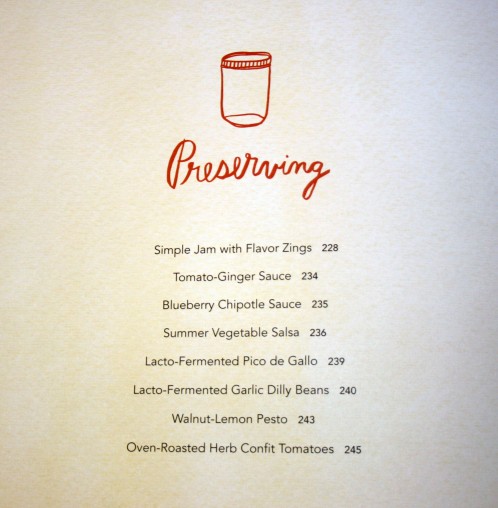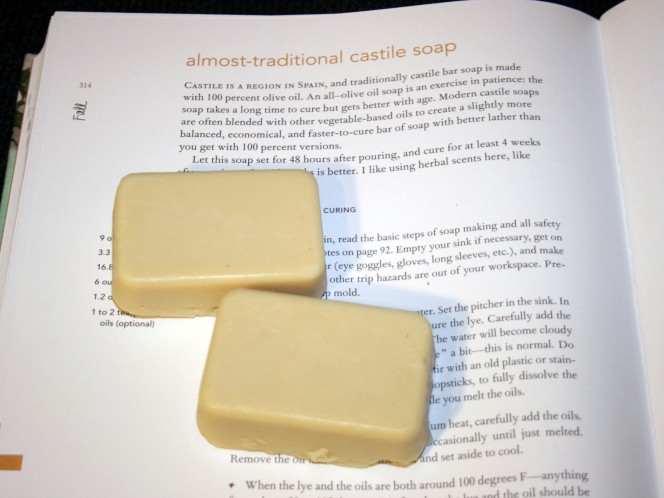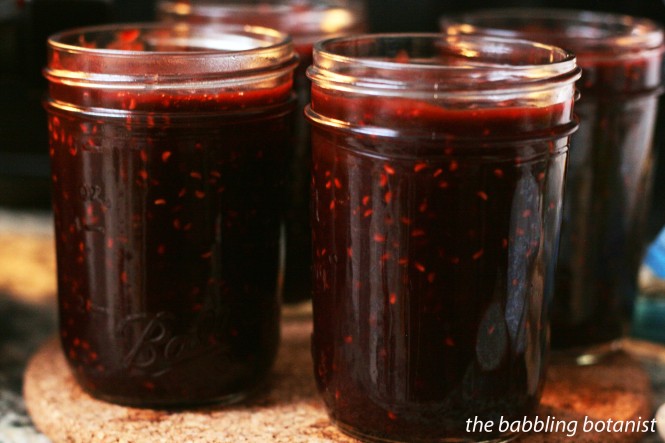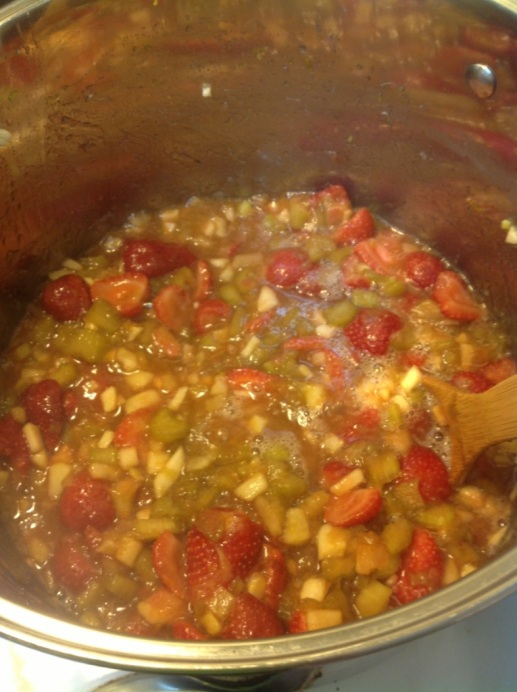I haven’t blogged in ages (over two years – yikes!!), and honestly haven’t been as active as I’d like in the canning kitchen, but one thing that I have never missed any year since discovering canning is making oodles of salsa! Tomato season is in full swing, so I wanted to bring you some of my tops tips for making great salsa every time. Some of these are tips, and some of these are rules for making salsa safely. So let’s dive in!

10. If you aren’t a big fan of the strong vinegar flavor in salsa, apple cider vinegar has a milder flavor and can be swapped for regular white vinegar in recipes. In fact – use any 5% acidity vinegar you want! Never reduce the amount though, it could make your salsa unsafe.
9. Lime or lemon juice can also be substituted for vinegar, but not vice versa. Vinegar isn’t quite as acidic, but if you prefer the citrus flavor then go ahead and sub!
8. Add dry spices to your salsa if you like a little extra flavor of salt, pepper, cumin, or other dry spices.
7. Select less juicy, more solid textured Roma varieties of tomatoes for a thicker salsa. All varieties, and even tomatillos or green tomatoes are ok to swap in too if you prefer! I always make mine with Romas though for a thick salsa.
6. Pepper varieties can also be swapped out for one another. If you want a spicier salsa, try using a few habaneros! Seed all your peppers if you prefer a milder salsa.

5. When blanching tomatoes to peel them, do not over blanch them. Over cooking them will make for a runnier salsa. Blanch tomatoes in boiling water for 30-60 seconds, and then immediately cool them in ice water. I prefer to core them first, then blanch them in batches.
4. Throw your tomatoes in a strainer after you peel them, while they are sitting ready to get chopped. This allows any extra water to drain off to reduce the extra moisture going into your salsa.

3. Make salsa in big batches, but still cook it up in individual batches. I always make a huge batch of salsa in a single day each year. I gather pounds and pounds of ingredients, a few good friends, and a bottle of wine, and get to work. But one thing I learned the first year is that it is best to still mix up a single batch in the pot at a time. This will allow you to make sure that your proportions are correct, all the jars from a batch fit in the canner, and your salsa will heat up a lot faster if you have less volume of salsa.

2. Phone a friend! Canning with at least one or two other people makes the process both enjoyable and a lot quicker. There is a lot of blanching and peeling of tomatoes, chopping of peppers, onions, and tomatoes, and it’s awesome if you can do this an a big assembly line.

1. Follow a trusted recipe, and don’t f*** with the recipe proportions! This means DO NOT use less acid than a recipe calls for, or use more veggies. The number one important rule or tip for making salsa for canning is safety. Always follow a recipe from an extension service publications like this one or another trusted source like the Ball Complete Book of Home Preserving. If you have a favorite recipe that is lower in acid, and not from a tested source, this is best eaten fresh, or frozen instead.

Now get out there and make some salsa before the season is gone!














































